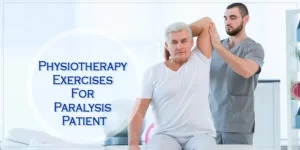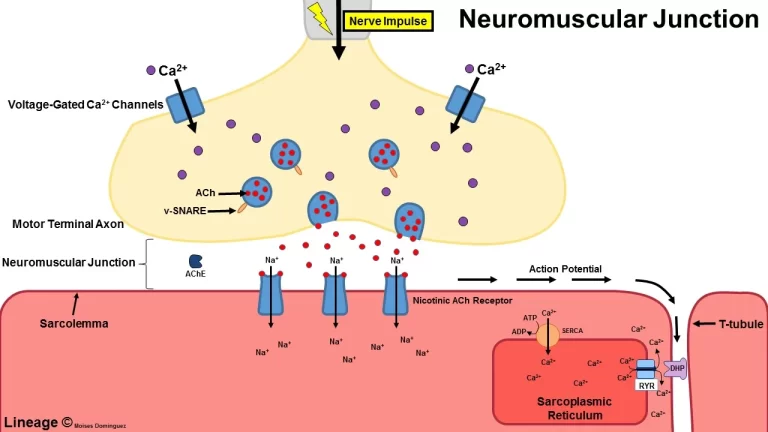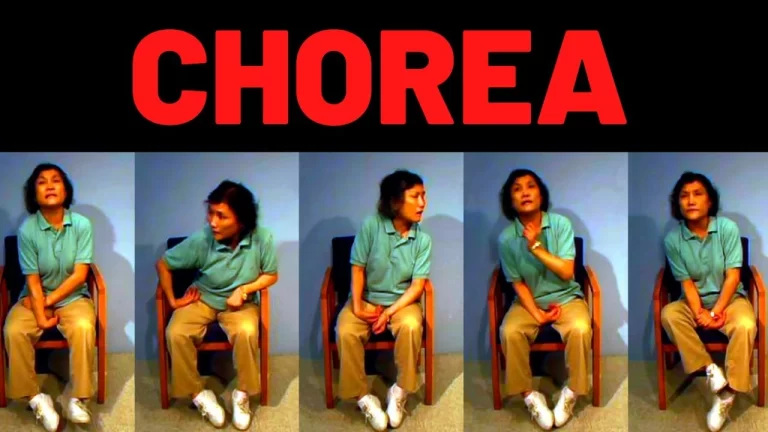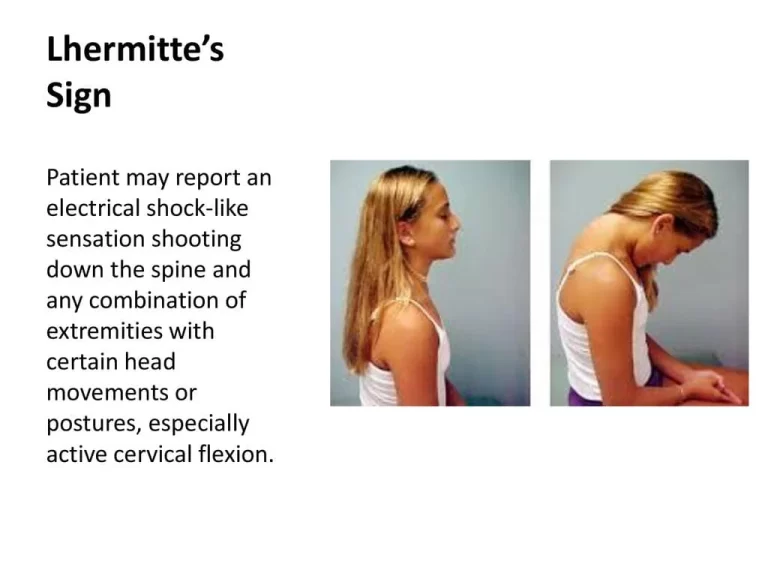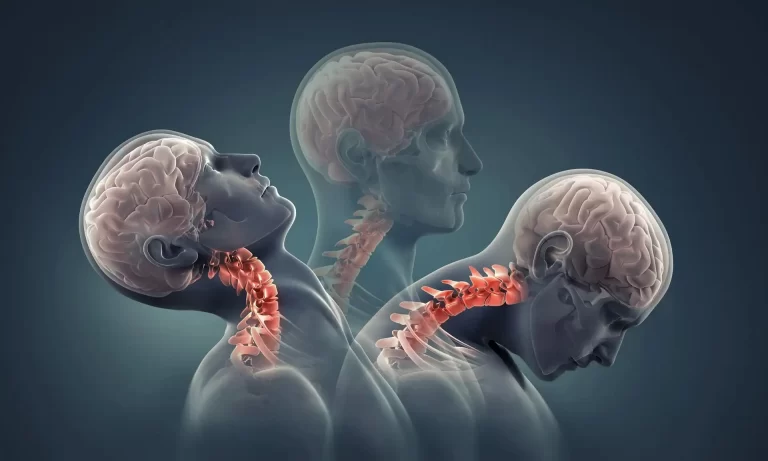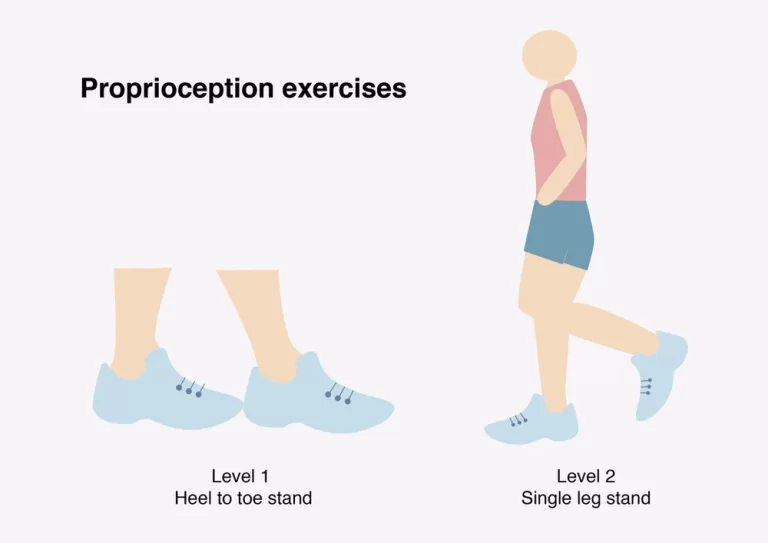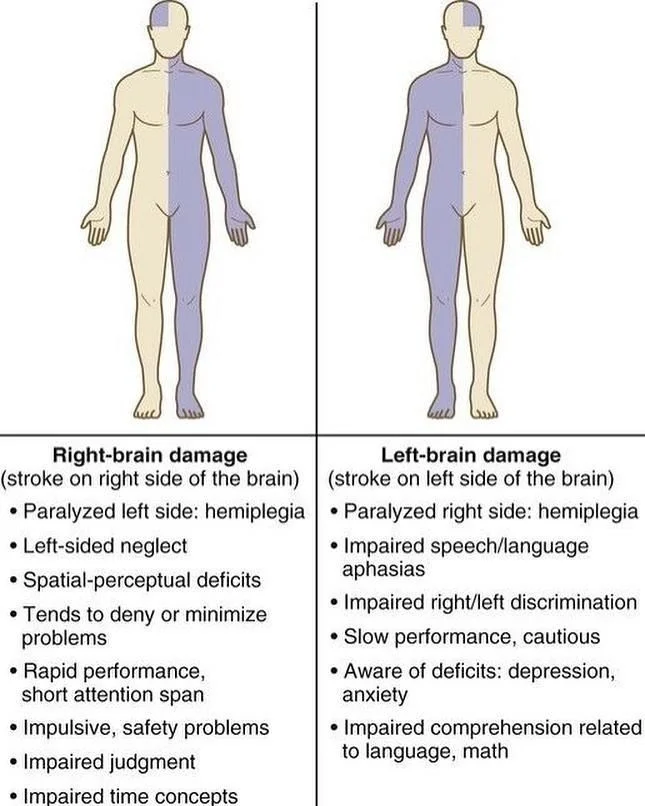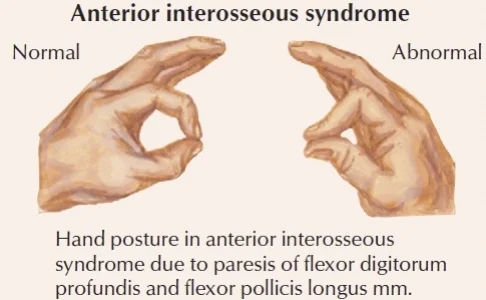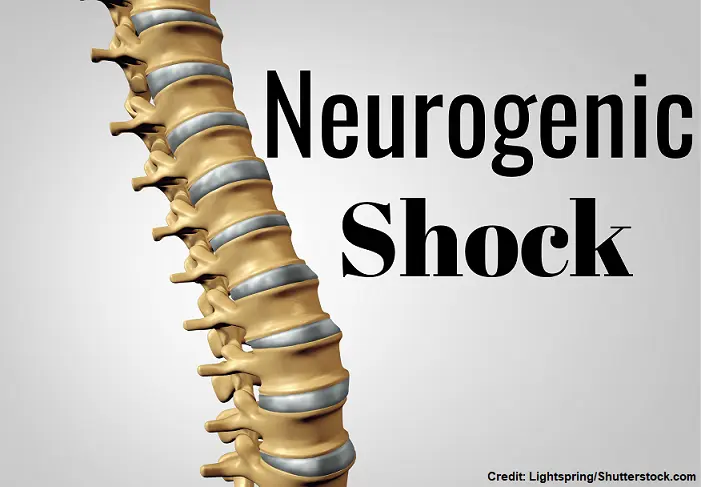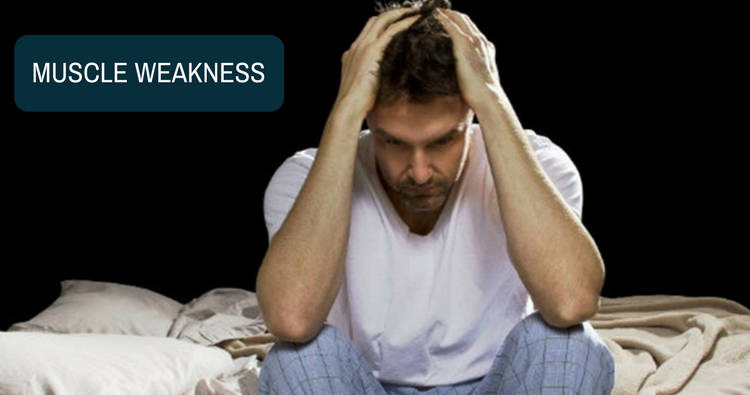Treatment Options for Paralysis: Restoring Mobility and Functionality
Brief overview of Paralysis and its impact on individuals’ lives Paralysis is a medical condition that strips individuals of their ability to move and control specific parts of their bodies. It occurs when the connection between the brain and muscles is disrupted due to various factors, such as spinal cord injuries, strokes, nerve damage, or…

